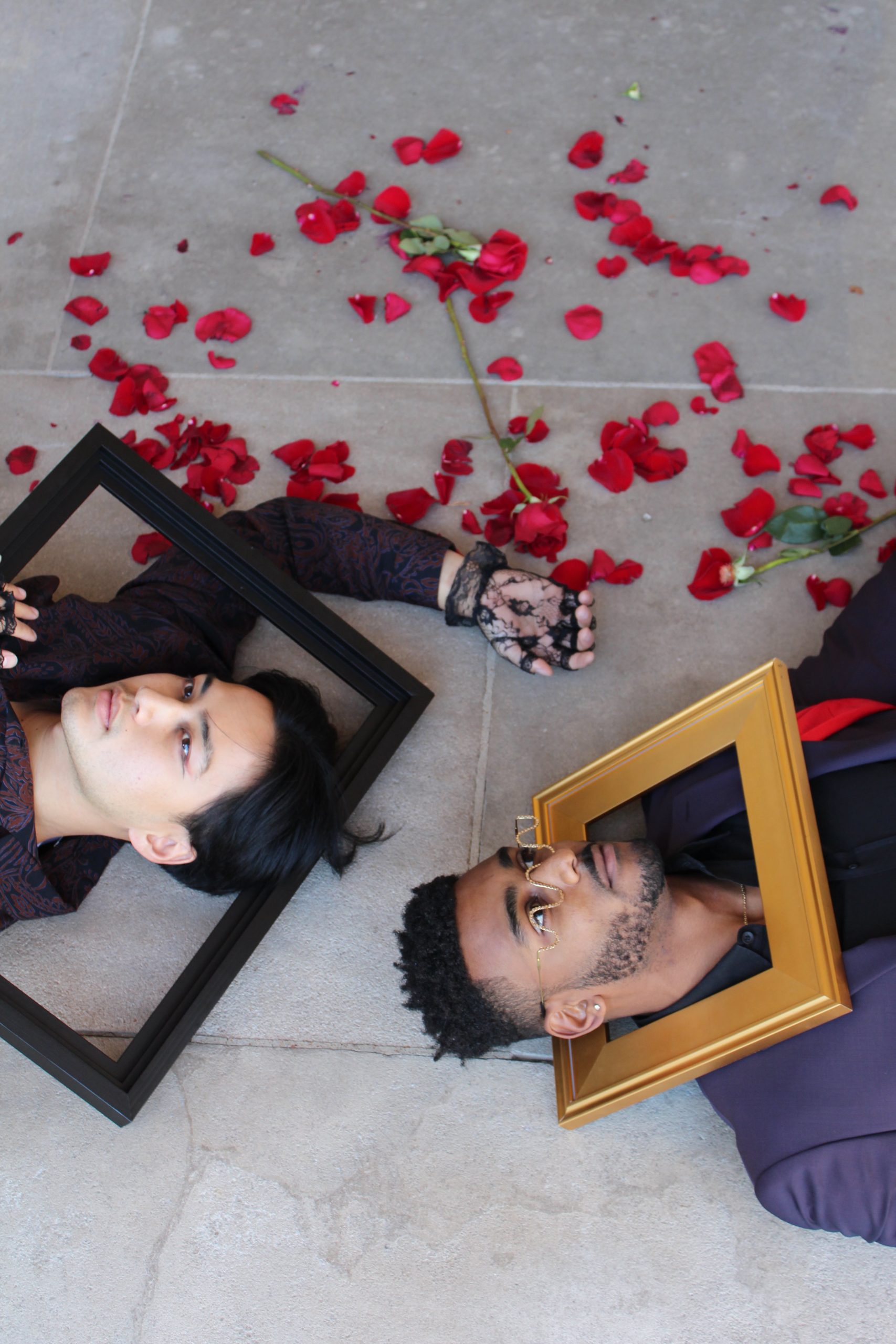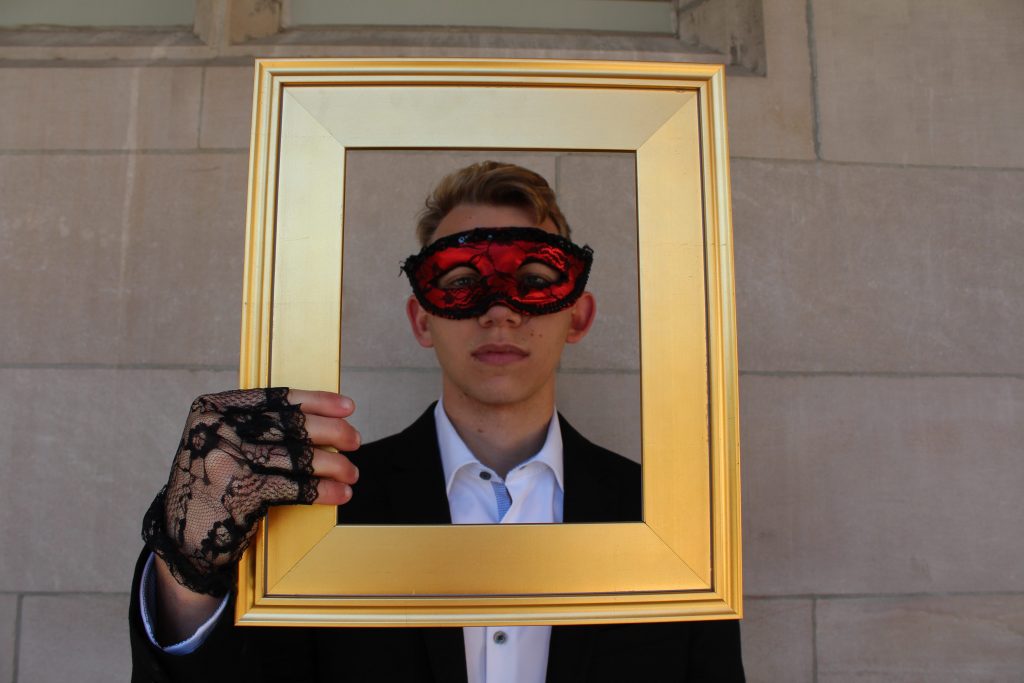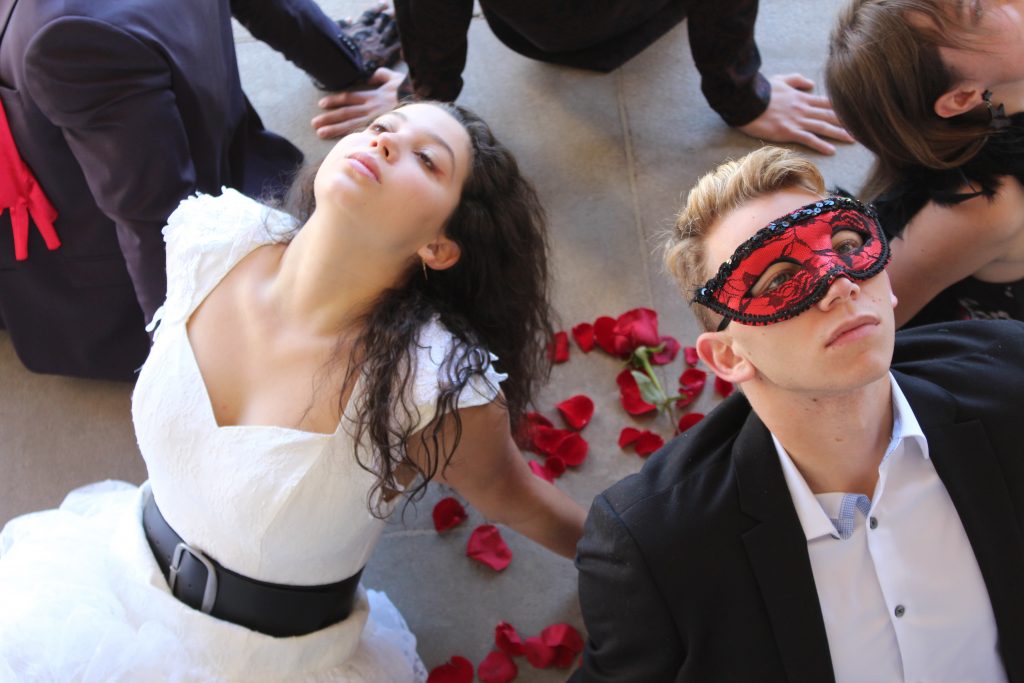How does one describe theatre? The shining lights, the elaborate costumes, the moment when you think you might have forgotten a step in the choreography or one of your lines… what’s not to love? Going to the theatre allows for transformative experiences for everyone, whether onstage or off, in the booths or in the raptors.
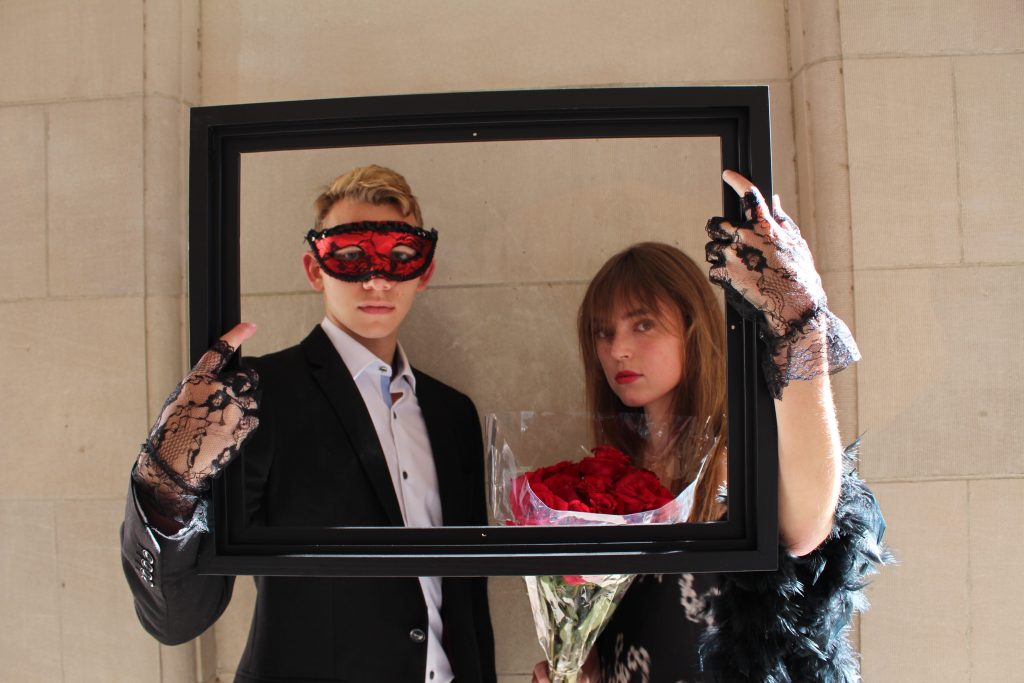
When the pandemic first swept throughout the globe, our minds didn’t immediately jump to its impact on theatre. It wasn’t until we were a few months in that we began to scratch our heads and say, “hey, wait a minute…what does this mean for the creative arts?”
It means quite a lot, as it turns out. Covid-19 has shattered live performance, and due to the uncertainty of the pandemic, no one knew when it would come back. Costumes were being forced back into boxes and stage lights left unused for several months – theatre was fading away. We spoke with Washington University in St. Louis’ Professor and Director in the performing arts department, William Whitaker, on the subject. Our virtual interview took place October 20th.
“We had an entire fall season planned,” Professor Whitaker explained, “so when it became clear that this was a serious concern, we had to reboot.”
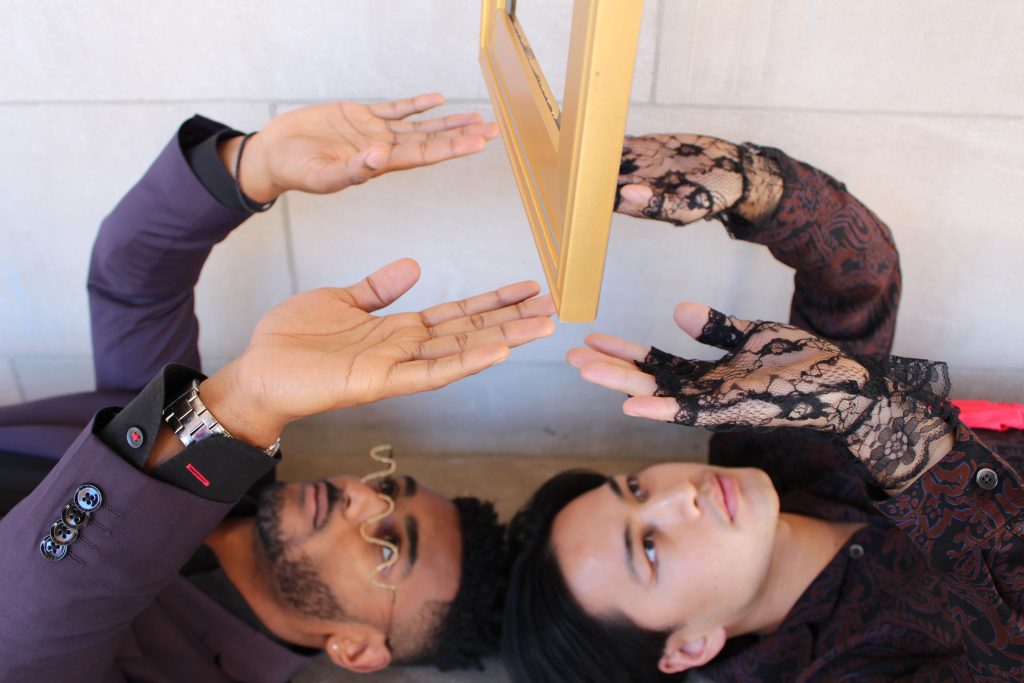
Everything we know about theatre was suddenly up in the air. It was unclear how actors will be able to interact with each other from six feet away, or even if they would be able to create genuine and impactful scenes when their faces were hidden by a mask. How do we take an art that was dependent on a stage and make it virtual?
“Everything in the season was driven by whether, at the very least, it could be performed online,” Professor Whitaker continued, “It was really difficult to plan a season where playwrights are saying, ‘no, you can’t perform virtually’ because it would be breaking all sorts of copyright rules. We really had to reframe our whole season. It’s why we ultimately titled it, On Moving Ground.”
It was the perfect title for the fall season and the overall pandemic – on moving ground. No one knew what was happening in the present moment, let alone in the coming months. According to a Brookings Institution study, researchers estimate that almost 1.4 million jobs and $42.5 billion in sales will be lost in the fine arts industry this year. The Actors Union, for instance, wanted to help actors get good work and make money, but had no way of doing this with all the health concerns and social regulations. It was all very expensive and daunting. As the threat of personal health and safety became ever more present, the creative arts turned to a virtual platform: Zoom.
When we asked Professor Whitaker where the biggest difference between virtual and live theatre – screen aside – lay. We watched – through our individual screens – as he leaned back in his chair, folded his hands across his desk, and contemplated.
“Theatre relies on the live event. When the lights go up on a virtual platform, there you go. There’s no going back. We’ve lost the present-tenseness of the people – there’s nothing like the fuel of audience laughter. Virtual theatre pales in comparison to making a beautiful thing on stage that people respond to in real time.”
Although the shared connection that comes from performance has been entirely altered, virtual theatre has managed to find its place on Washu’s campus and in the world of theatre. Professor Whitaker brought to light a profound sense of defiance within the theatre community – a determination to make something within the Covid constraints.
The beauty of being in fine arts lies in the fact that its boundaries are limitless; the pandemic just proves this. Even with a virtual platform, there is a world of possibility. Professor Whitaker excitedly described the potential use of virtual backdrops to set the scene – perhaps it could impact the way green screens are used in theatre in the future, he mused – and the increased importance of costumes to offer context to a scene and the newfound ability to live stream a production throughout the country. Despite our ache for on stage theatre, virtual theatre has found a new role in the creative arts.
The creativity within virtual theatre extends beyond the screen and into the real world, as actors, directors, playwrights, costume designers, and technicians are forced to adapt. Professor Whitaker described the concept of a Traveling Theatre Wagon. It is modeled after medieval pageant wagons in the sense that it is a small stage and production on wheels. Essentially, the wagon would roll around campus and allow actors to perform a short show – socially distant, outdoors, with masks – in front of an audience.
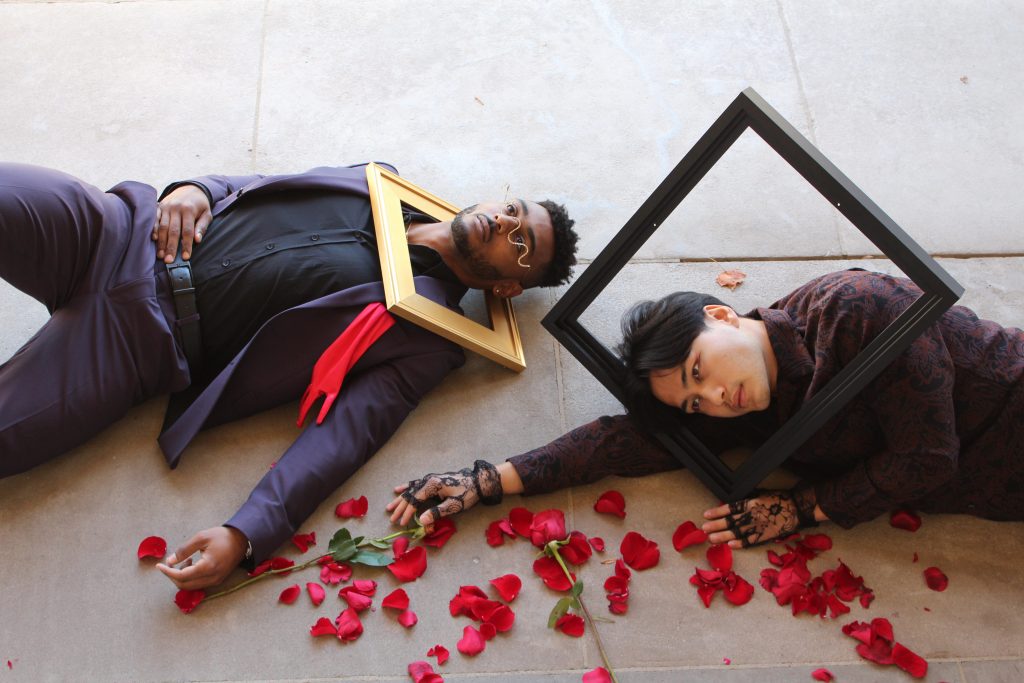
“You cannot thwart the habit or impulse of creativity,” Professor Whitaker proclaims, “It’s a question of how we can seize the moment, especially when there isn’t the present tense-ness of theatre anymore.”
When we asked Professor Whitaker how this entire experience will have changed theatre, he responded to us with an optimistic approach.
“No one will go back to the way things were. It’s not practical. What if the wagon idea takes off, for instance? It could become the norm to see a fifteen minute play around campus. We won’t just dump these new discoveries – we will find a way to let it serve us and theatre in the future.”
It’s a beautiful and encouraging thought – that despite all of the obstacles this pandemic has thrown at the creative arts and all the people involved there is still a devotion to making this work. Theatre won’t die – it can’t. There is too much love for the theatre – be it virtual or in person or on a wagon – for it to simply fade away.
Creative Direction Sofia Angulo-Lopera
Words Natalie Rubenstein, Sidney Speicher
Photographs Isa Zisman
Editor Sophie Goldstein
Featuring Natalie Rubenstein, Sidney Speicher
Armour Magazine Season 25 — F/S 2020

